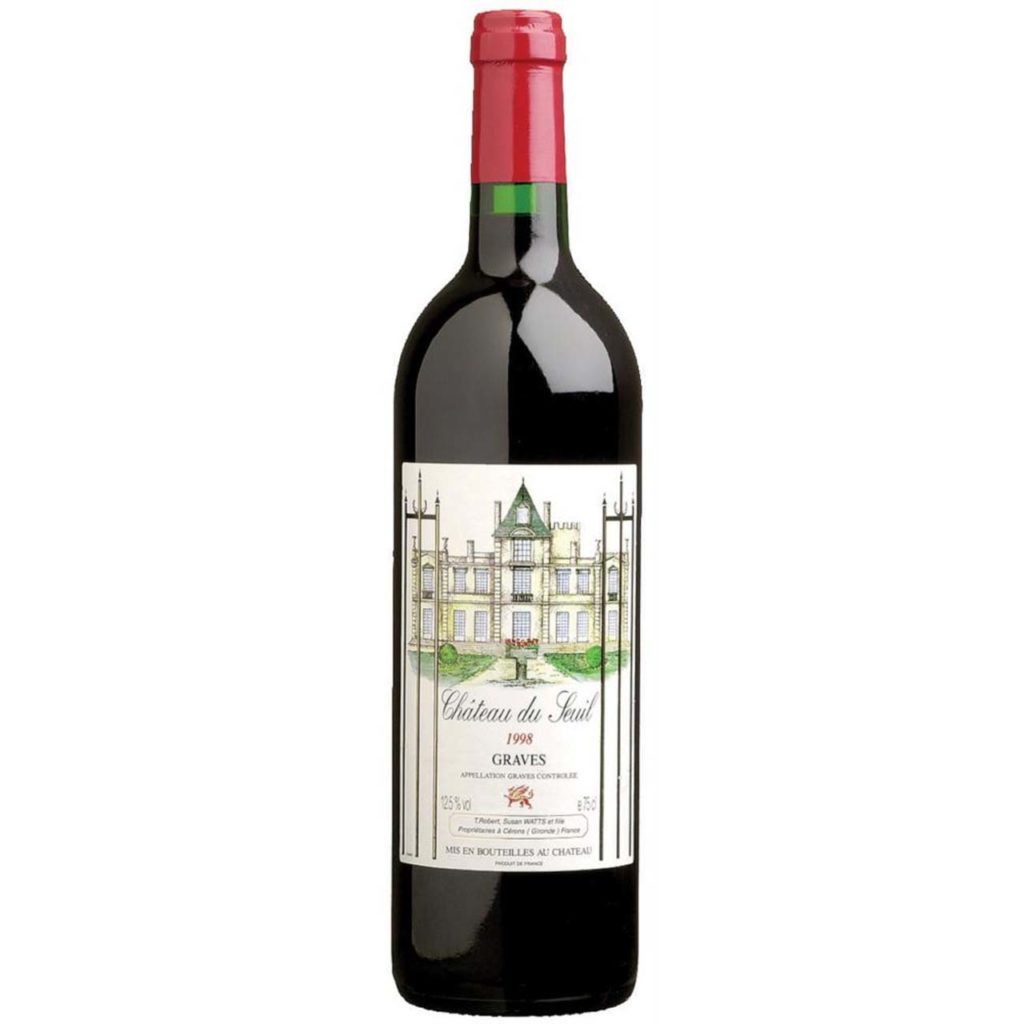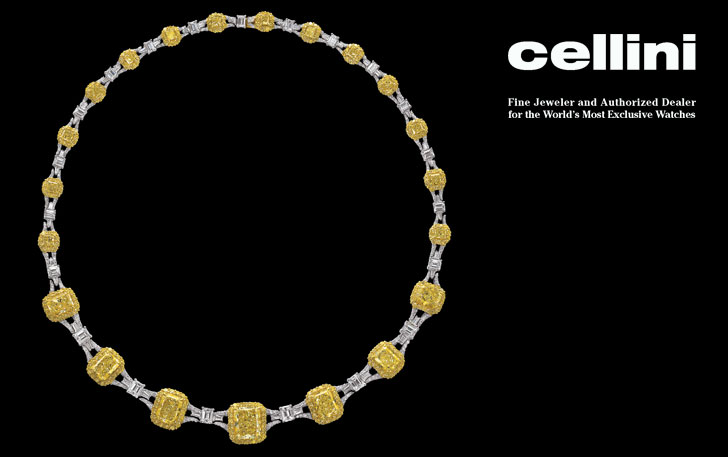The world’s most famous wine growing region, and its youngest and most innovative growers
by Tali Dalbaha
AN UNLIKELY LEGEND
The history of Bordeaux winemaking dates back to the Romans, but a lesser known fact is that it is actually the Dutch we have to thank for the astonishing production of this fabled region one that’s centered on the city of Bordeaux but covers the entire Gironde department of Aquitaine (some 300,000 acres). By the latter half of the 16th century, the Netherlands had become a major consumer of Bordeaux wines, but its consumers were frustrated at the relative lack of volume, so Dutch engineer Jan Adriaanszoon Leeghwater (1575-1650) laid out a plan to drain the region’s numerous swamps and marshes to allow for both greater production and easier transportation, and the result is nothing less than the world’s most esteemed area of viticulture.
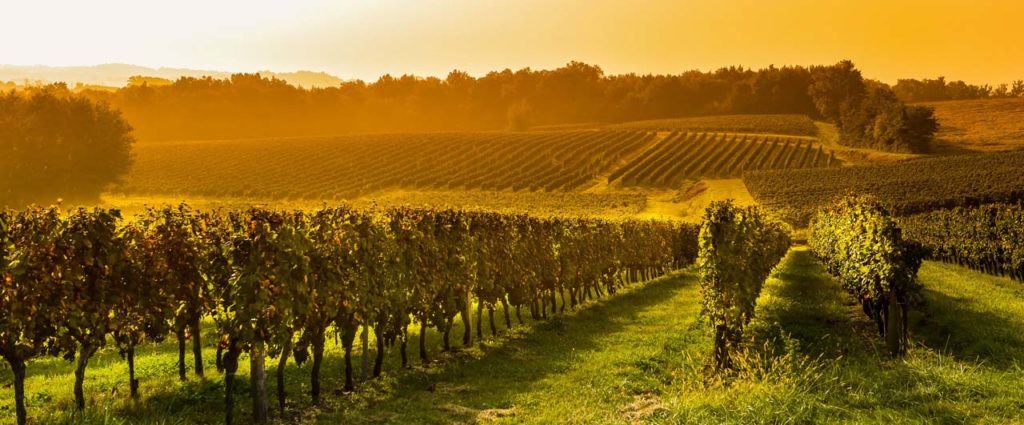
What draws me to Bordeaux is its unique technique of blending (in French, assemblage) and the amazingly consistent structure of its wines from year to year. With every harvest’s seasonal variations, vintages change, and so do the grape blend combinations required to preserve quality (for reds, usually a mix of Cabernet Sauvignon, Cabernet Franc, Merlot, and Petit Verdot; for whites typically Sémillon, Sauvignon Blanc, and Muscadelle). Maintaining flavor and character, then, requires a master bender, such as those at legendary Châteaux Haut Brion and Margaux, but there’s also a new force of young growers giving all they have while offering more affordable pricing (see “Young Guns” at left).
Bordeaux has over 40 appellations (official government wine geographical indications) and is divided into three main areas: the Left Bank (the left area of the Garonne River) characterized by gravely soil (the perfect condition to grow Cabernet Sauvignon), good drainage, and deep roots; the Right Bank (effectively the right area of the Dordogne River), characterized by limestone and clay which are perfect for Merlot and Cabernet Franc; and Entre Deux Mers (“in between rivers”), between the Garonne and Dordogne rivers, making wines in very diverse soils and a variety of micro climates. Super Buy Rite Wine & Liquor, 575 Manila Avenue, Jersey City, buyritewines.com
Un petit glossaire
1855 Classification Napoleon III ranked the top châteaux by price and growth 5 tiers and 61 châteaux designations that are still relevant today. Barriques barrels used for aging Bordeaux (225-liter capacity). Bordeaux Supérieur wines made under stricter appellation laws and made to a higher standard. Château A winery estate with associated vineyards Claret British jargon for Bordeaux wines.
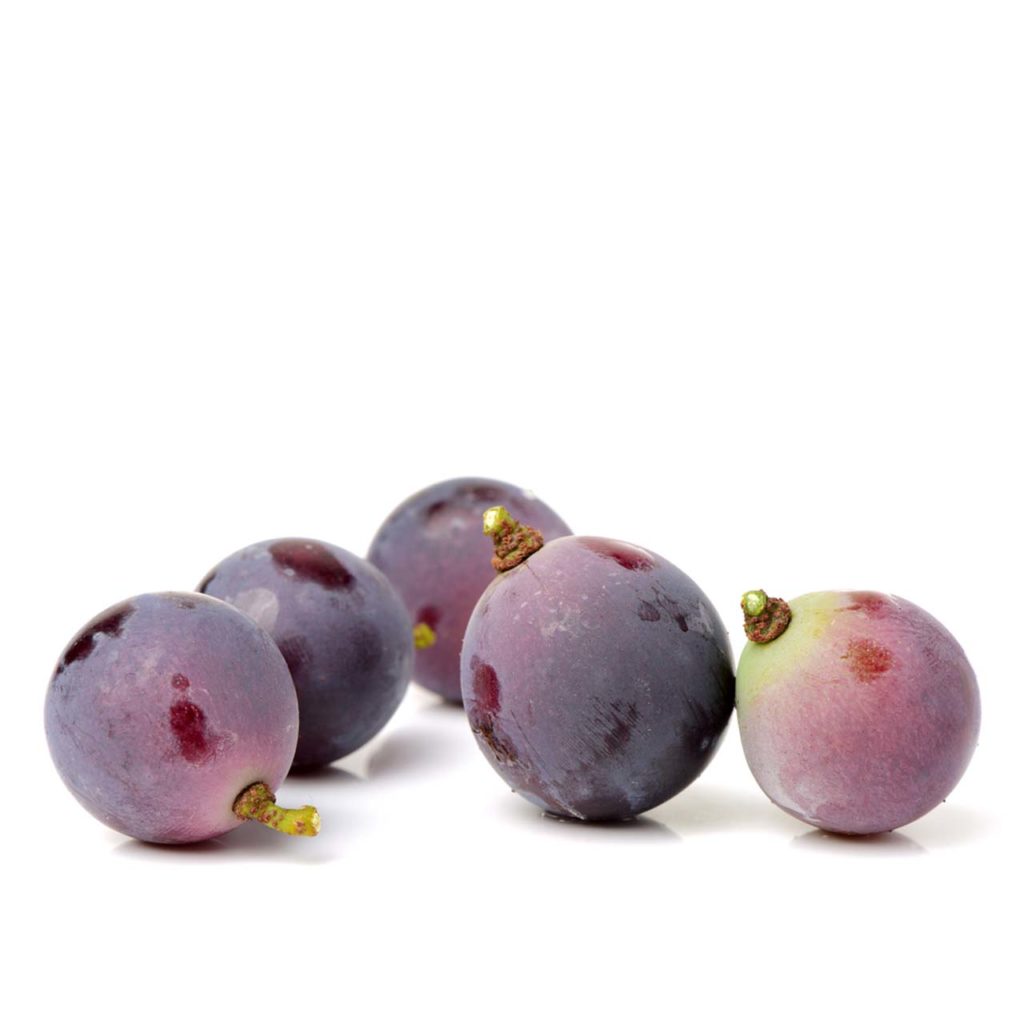
Courtiers brokers of wine, who became a powerful force in the Médoc, supplying the châteaux with financial backing while gaining control over the actual trade of wine. En Primeur Sometimes called “wine futures:” a method of purchasing early while the wine is still in the barrel. Grand Vin A term in Bordeaux that indicates a winery’s best wine (also called “first label”). Négociants A merchant who assembles the produce of growers and winemakers and buys fruit or wine to age in his or her own cellars before selling the finished result. Noble Rot A mold (Botrytis) that withers grape skins, causing them to grow soft and the grape’s juice to evaporate. The world’s best sweet wines are made of botrytised grapes, especially in Bordeaux.
Young guns
Bordeaux is rich in tradition, but its new generation of growers is also full of wit and innovation. On the Left Bank, we have, for example, Château du Seuil, led by Sean and Nicola Allison. Sean was working in finance and Dr. Nicola had a private practice in New Zealand before they decided to take their kids and move to Bordeaux. Though relatively new to the profession, the couple is fascinated by everything from splicing vines to packaging, and produces five certified organic wines, our recent favorite Château du Seuil Graves Rouge, a Cabernet Sauvignon, Merlot, and Cab Franc blend ($24.99) that’s fruity but balanced in its oaky, peppery flavor and round tannins.
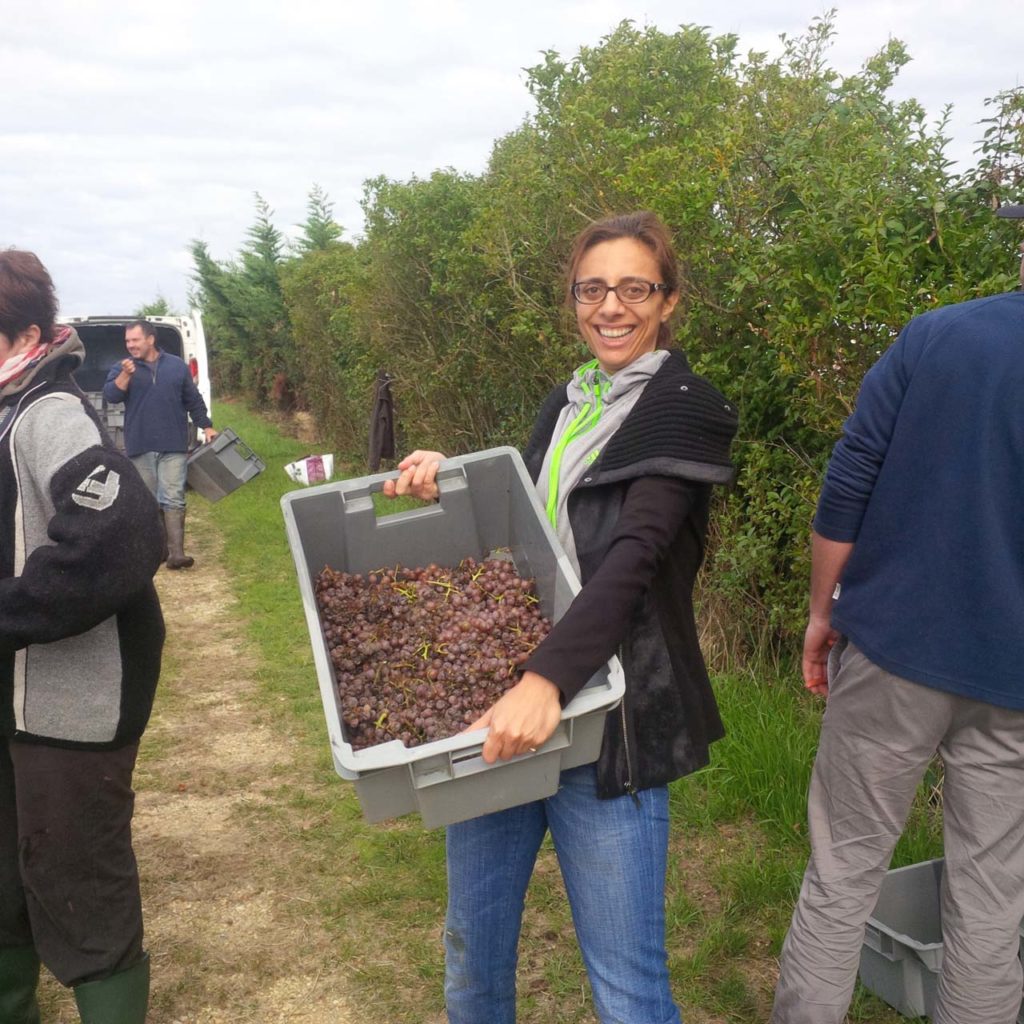
Then there’s Yasmina Asseily of Château Biac, located in Cadillac. Yasmina’s affair with Bordeaux started when she spent summers there as a kid. In 2006, her parents, Tony and Youmna, purchased a château. After eight years in the financial industry (New York, Beirut, and Paris), she understands the pressures and stress of business, and brings new shine to a growing region that was for a long time considered of lesser caliber. Our new obsession is the Secret de Château Biac ($44.99). Made of 100% Semillon, it’s sweet, to be sure, but with a lovely balance of acid and fruit. Stunning.
